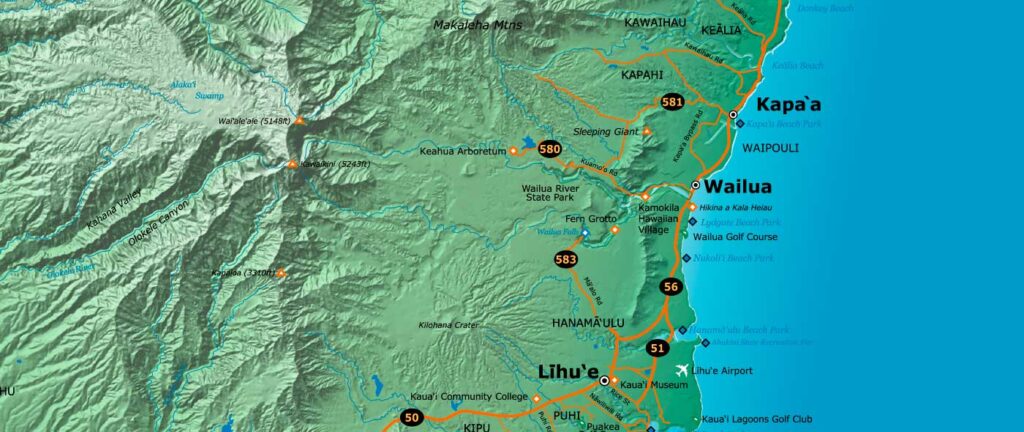
I will start here since this is where we stay–half way between the rugged beauty of the North Shore and the nearly perpetual sun of the South Shore. The royal coconut coast on the East side, has beautiful white sand beaches backed by a mountain range with the magnificent Mt. Wai’ale’ale, the main volcano that formed Kaua’i. The area’s name derives from the acres of coconut trees along the coast and highway. It also has many places of historical and cultural significance. Some of the land is held as sacred and was once reserved for the royalty of Hawaii. The major river that flows out of Wai’ale’ale is the Wailua River that enters the ocean at the Coconut Coast. Wailua was chosen as the first capital of Kaua’i.
Kauaʻi has the only navigable rivers in Hawaiʻi, and the Wailua River is the largest. This sacred land offered a strategic advantage for the ancient Hawaiians who inhabited the area. The Wailua River is fed from the constant rainfall at Mt. Waialeale, one of the rainiest places in the world. The constant supply of water made the land along the river very sacred, as the ancients never feared a drought or food shortage. This land was once reserved for the alii, Hawaii’s royalty. Many sacred sites, including heiau or places of worship, still exist along the river. These sacred sites were where important cultural customs and traditions, ceremonies, and worship and religious practices were performed.Upriver is one of Hawaii’s most sacred sites, the Holoholoku heiau, one of the oldest known places of worship. Within the heiau are the Royal Birthing Stones: two boulders known as the pohaku hanau, where expectant mothers sat on the flat stone and rested their backs on the other. This area was dedicated to birthing the king; only royalty were born here. Kauai’s last king, Kaumaulii was the last king born here, in the mid-1800s.
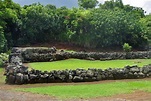
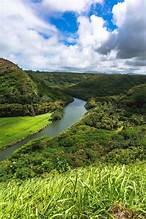
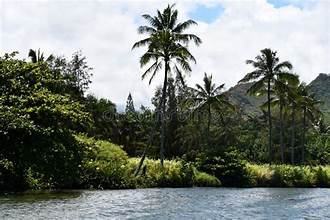
The Wailua River is one of the Royal Coconut Coast’s main attractions. It drains into Wailua Bay, and offers recreational opportunities for three miles extending inland. It is popular for all types of water activities, including kayaking, canoe paddling, boating, waterskiing, wakeboarding, fishing, and stand-up paddleboarding. Kayak tours are available that travel upriver and include a short hike to a beautiful waterfall.

A popular trip up the river is a flat bottom boat tour to the Fern Grotto a large cave with long streamers of ferns hanging down from the ceiling. This amplitheater-shaped cave is one of Kauai’s most famous attractions. The site, which provides unusually clear acoustics in addition to its lush vegetation, was used for ancient traditions and rituals, and remains a popular wedding site today.

Adjacent to the river is the road to Opaeka’a Falls. Directly across the street from that lookout is access to Kamokila Village, a re-created ancient Hawaiian village,
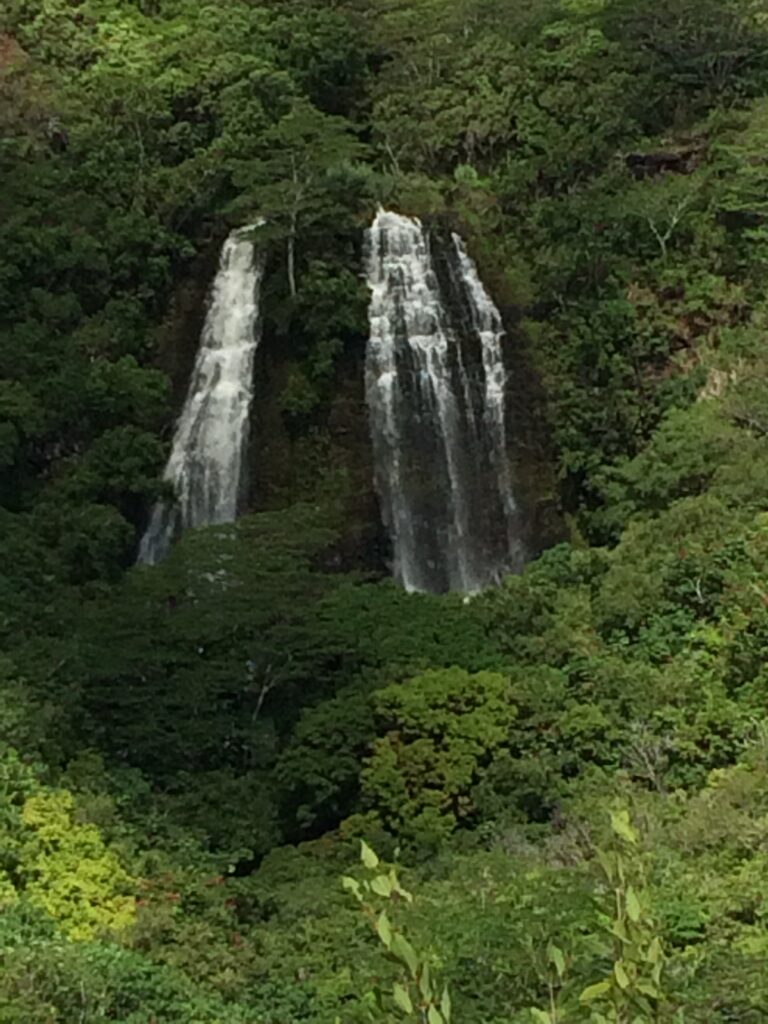
Kapa’s is the largest town on the island, but its Old Town has the feel of a local Hawai’ian village.
The word “kapa’a” in Hawai’ian means “The Solid One.”
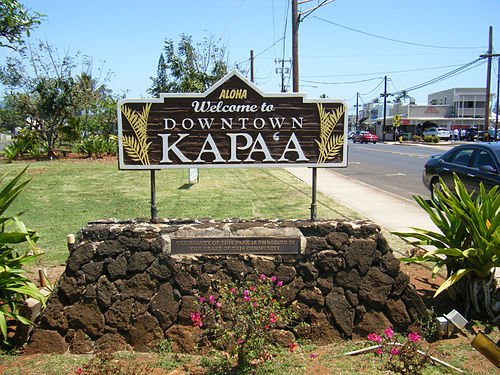
Pono Kai Resort occupies the land that was once the Hawaiian Cannery Company, established in 1913 next to the Waikea Canal. The cannery closed in 1962. Some years later the Pono Kai Resort was built. The cannery was called “Pono,” which means “doing the right thing;” hence the resort took that name and added “Kai,” meaning sea or ocean. This is where we stay on the island.
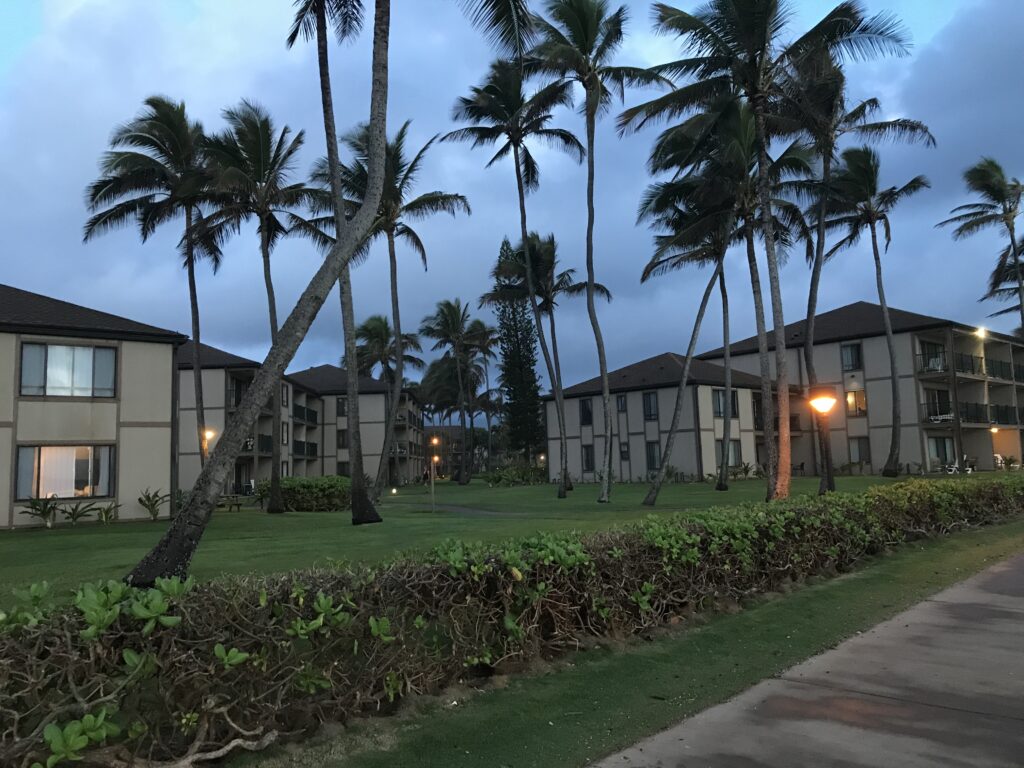
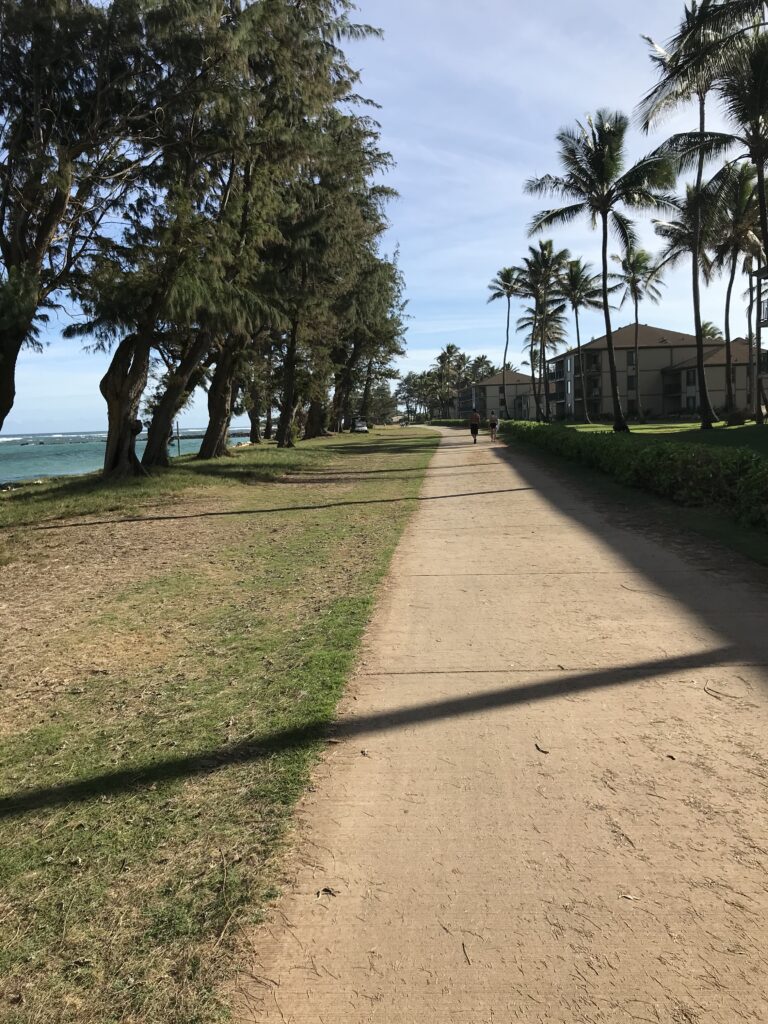
Between the resort and the ocean lies a bike/walking/jogging path, the Ke Ale Hale Makalae Path, which extends from Wailua to Ahihi Point in Kealia, about 9 miles. Walking along the path, you will encounter panoramic ocean scenery, as well as witness native wildlife, including monk seals and humpback whales, in season.
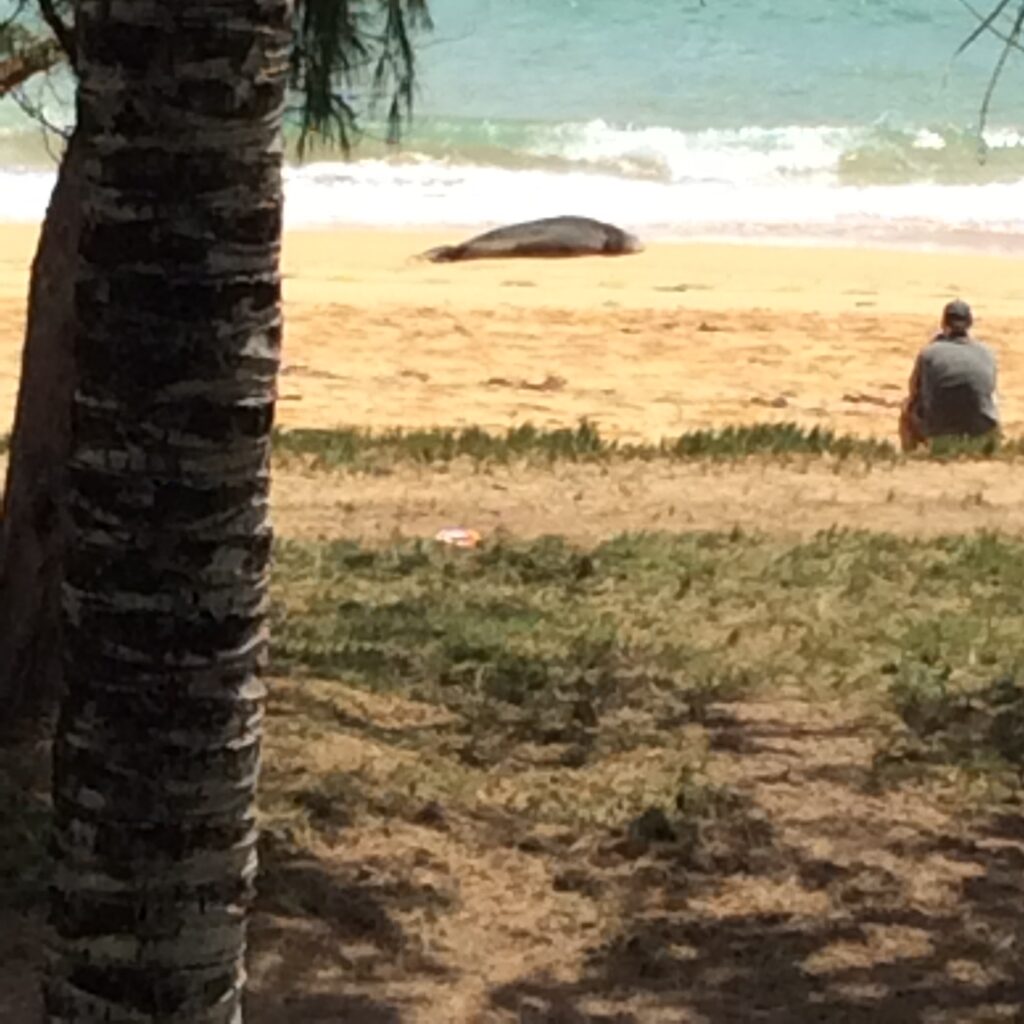

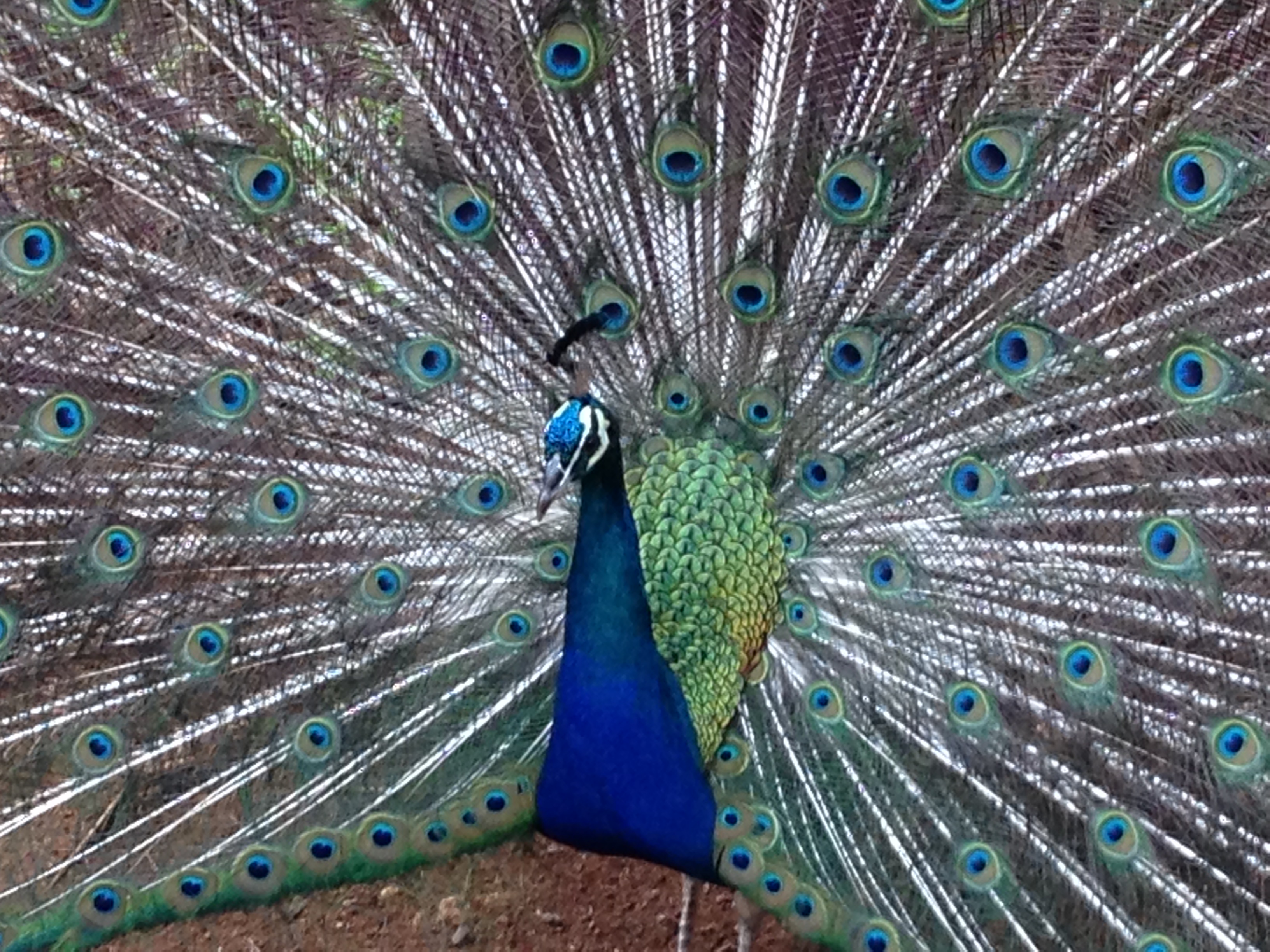
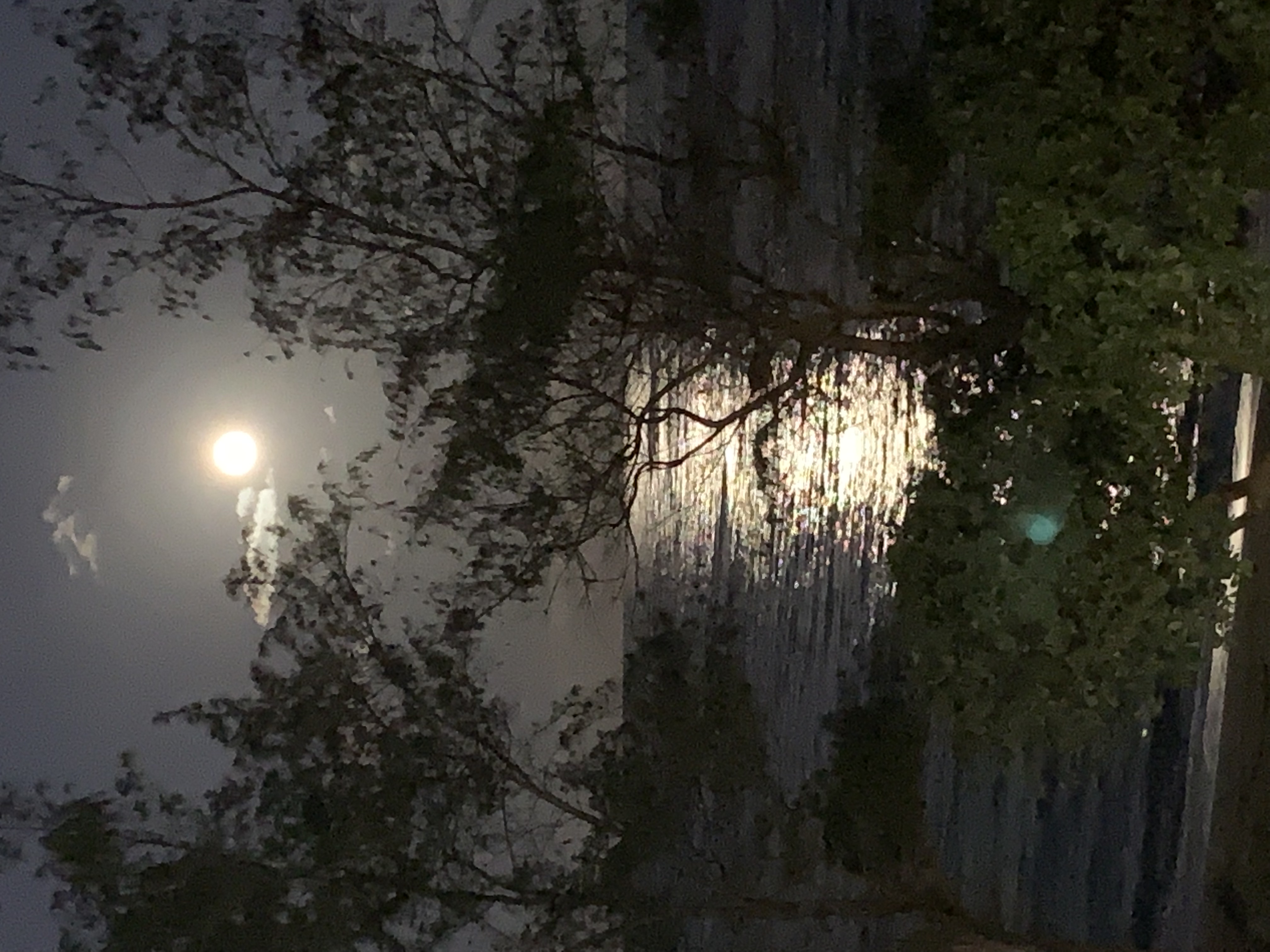
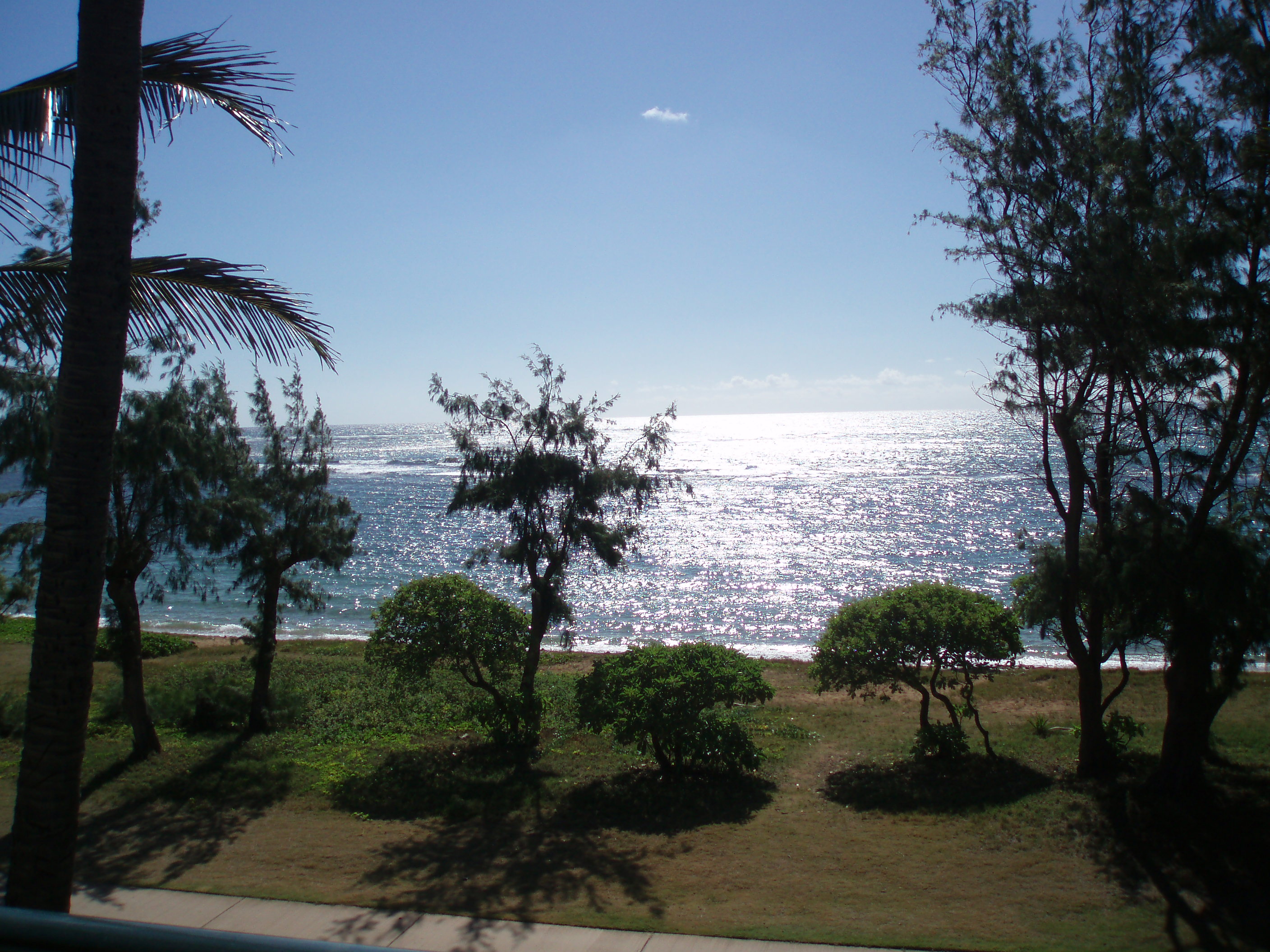
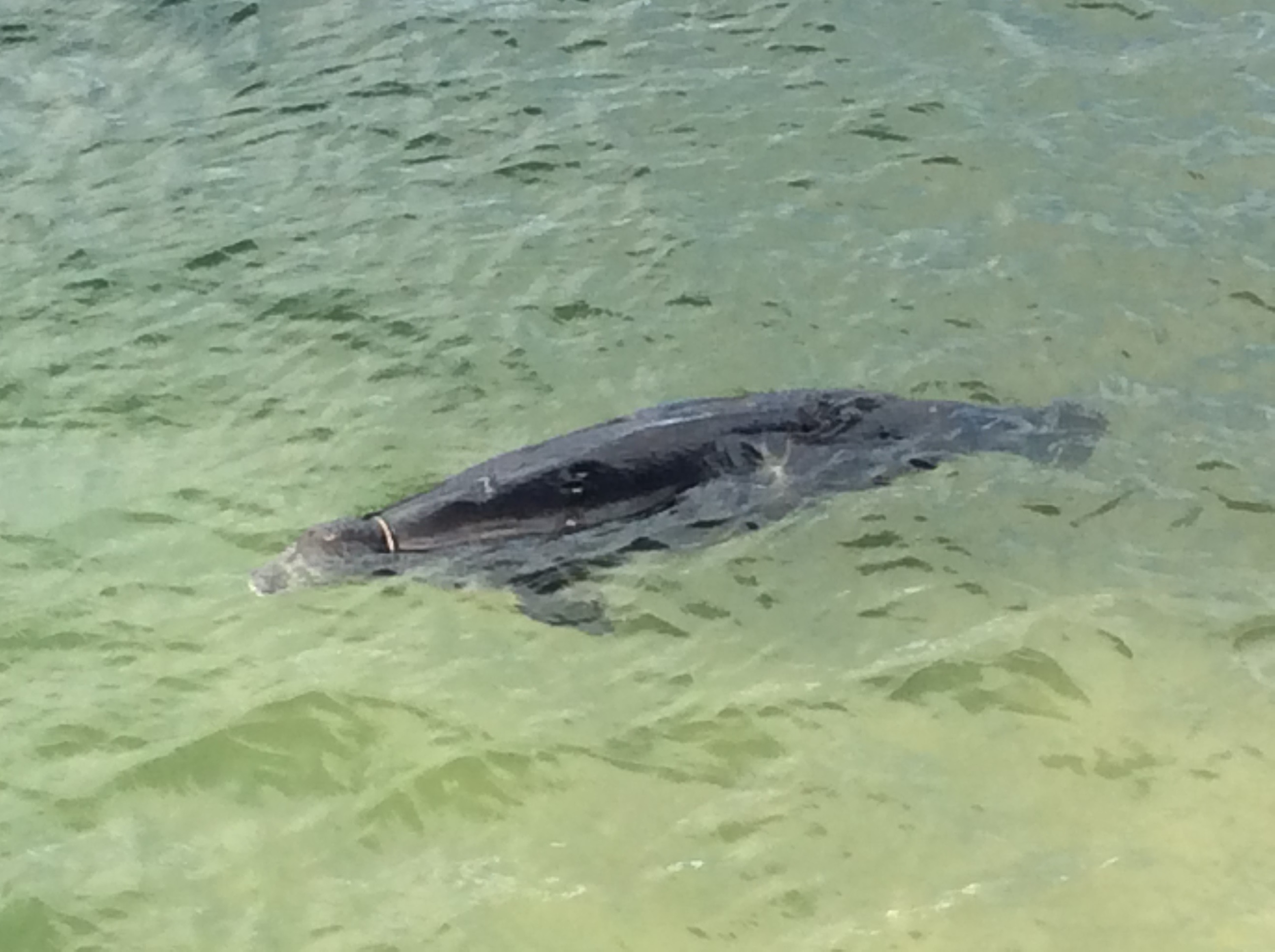
Kapaa town roots go back to the ancient Hawaiians who lived there and practiced reef fishing along its coast. Then when the Makee Sugar Company came, it brought Chinese, Portuguese, Japanese and Filipino people to the community. Many of their ancestors still live in the town giving it an Asian/Polynesian feel.
Pono Kai borders historic Kapa’a Town, so daily we stroll along these historic buildings. Many have been preserved and restored to the original style after hurricane Iwa in 1982 and Iniki in 1992. (Interestingly, there have been only four hurricanes to hit Kauai since they began keeping records: Nina, a category one in 1957; Dot, a category four in 1959; Iwa, and category one in 1982, and Iniki, a category four, in 1992. Nina did not actually hit the island, but caused damage.). Many of the buildings have historical explanations, and there are signs posted along the bike/walking path.
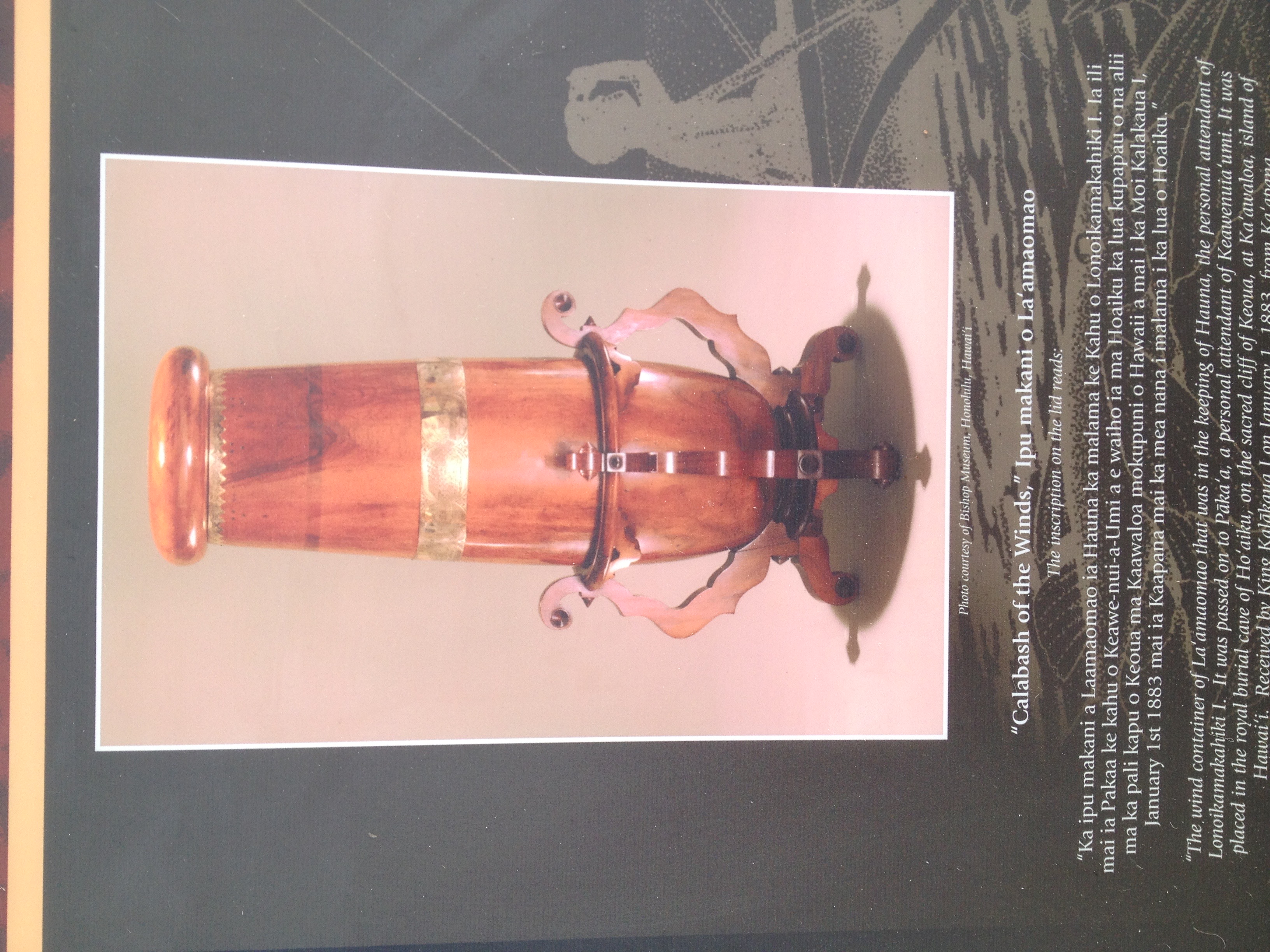
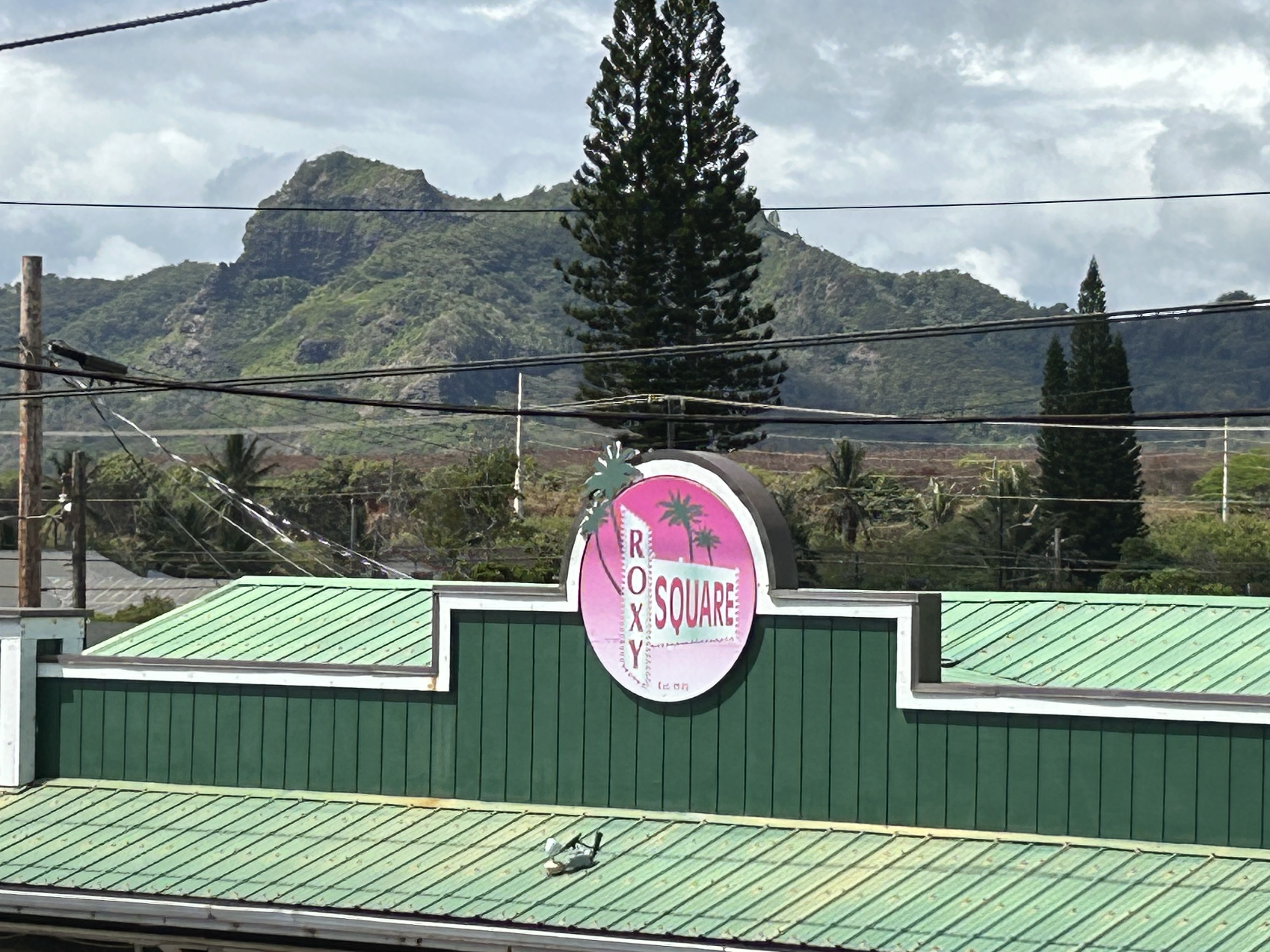
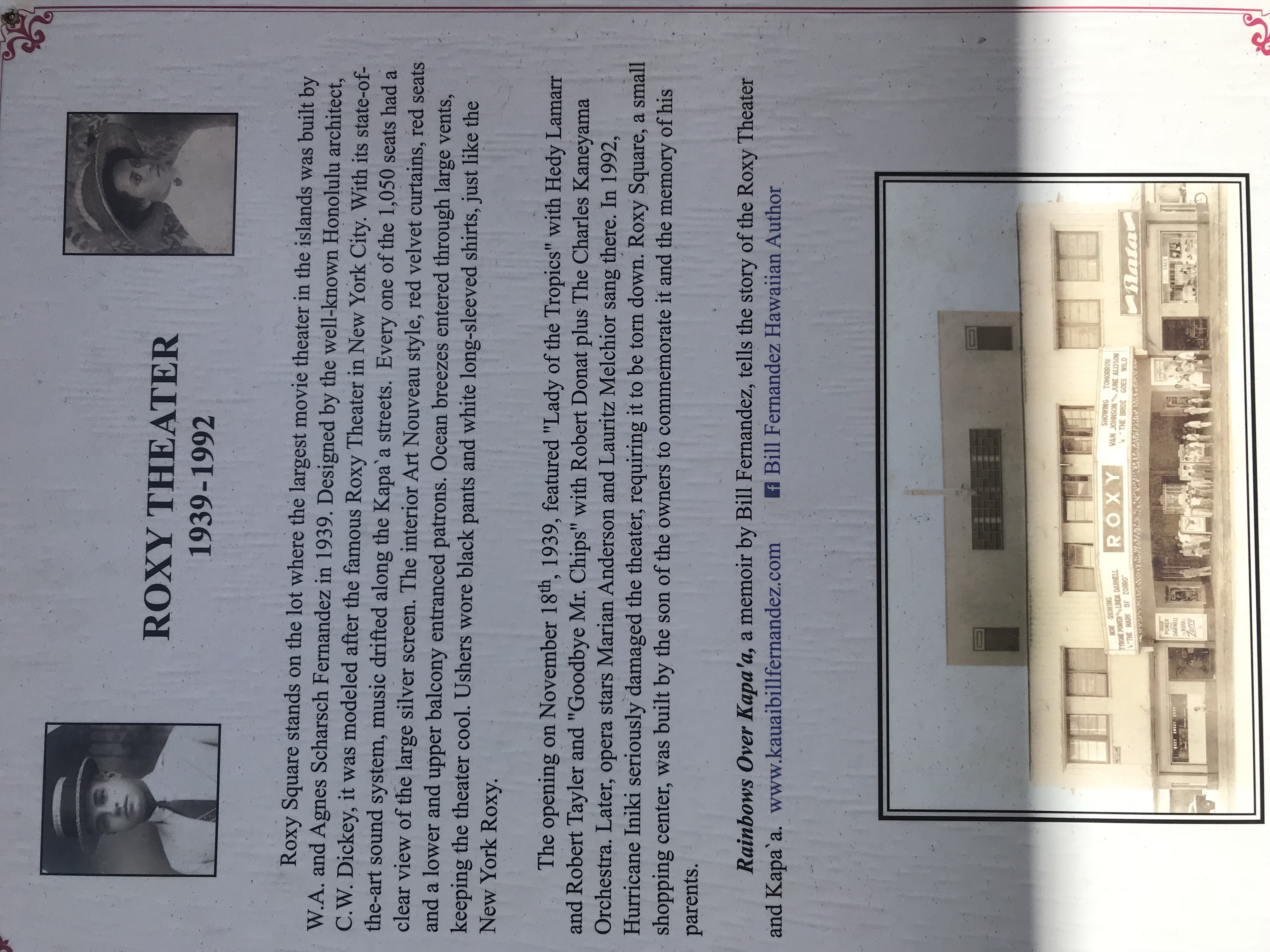
To the west of the town lies Sleeping Giant, or Nounou, mountain. The formation received its common English name both from its resemblance to a reclining human figure, and from a Native Hawaiian legend. The popular legend tells of a gentle giant who used to live among the ancient Hawaiian people, helping them build heiau by gathering large rocks and logs from high in the mountains. After he helped complete a large project, the local village had a luau or party in his honor, and the giant ate so much that evening he lay down and never awoke.
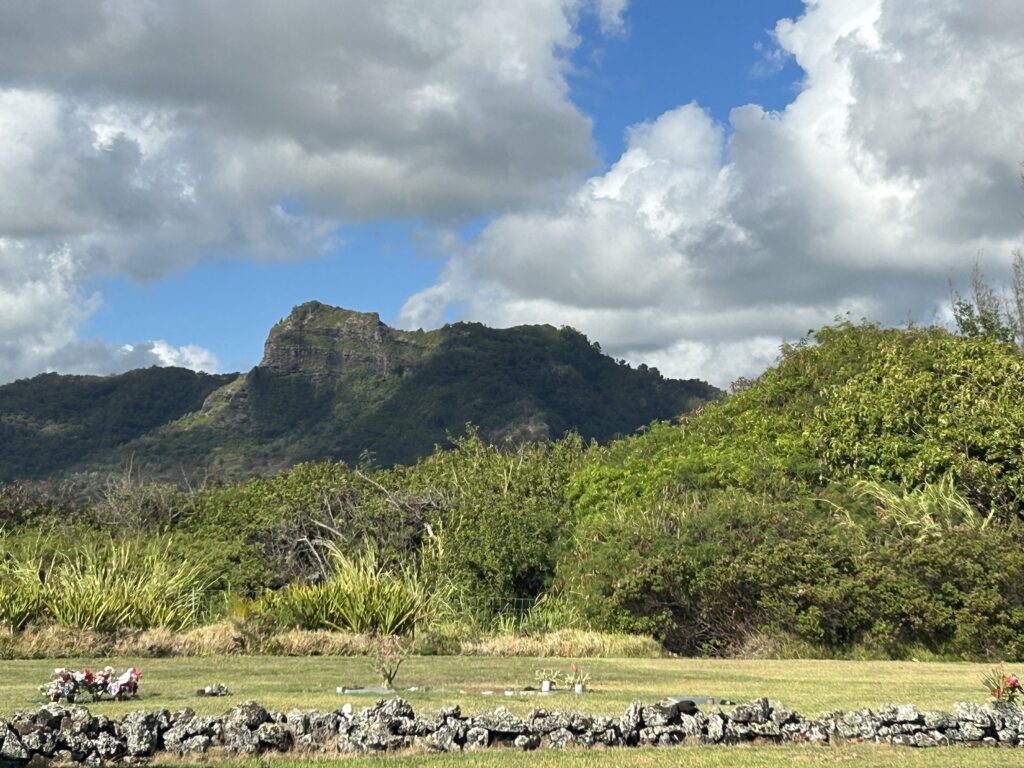
Several hiking trails are along this mountain, including the Nounou West Trail, Nounou East Trail, and the Kuamoo trail, all leading to the summit and offering views of the region.
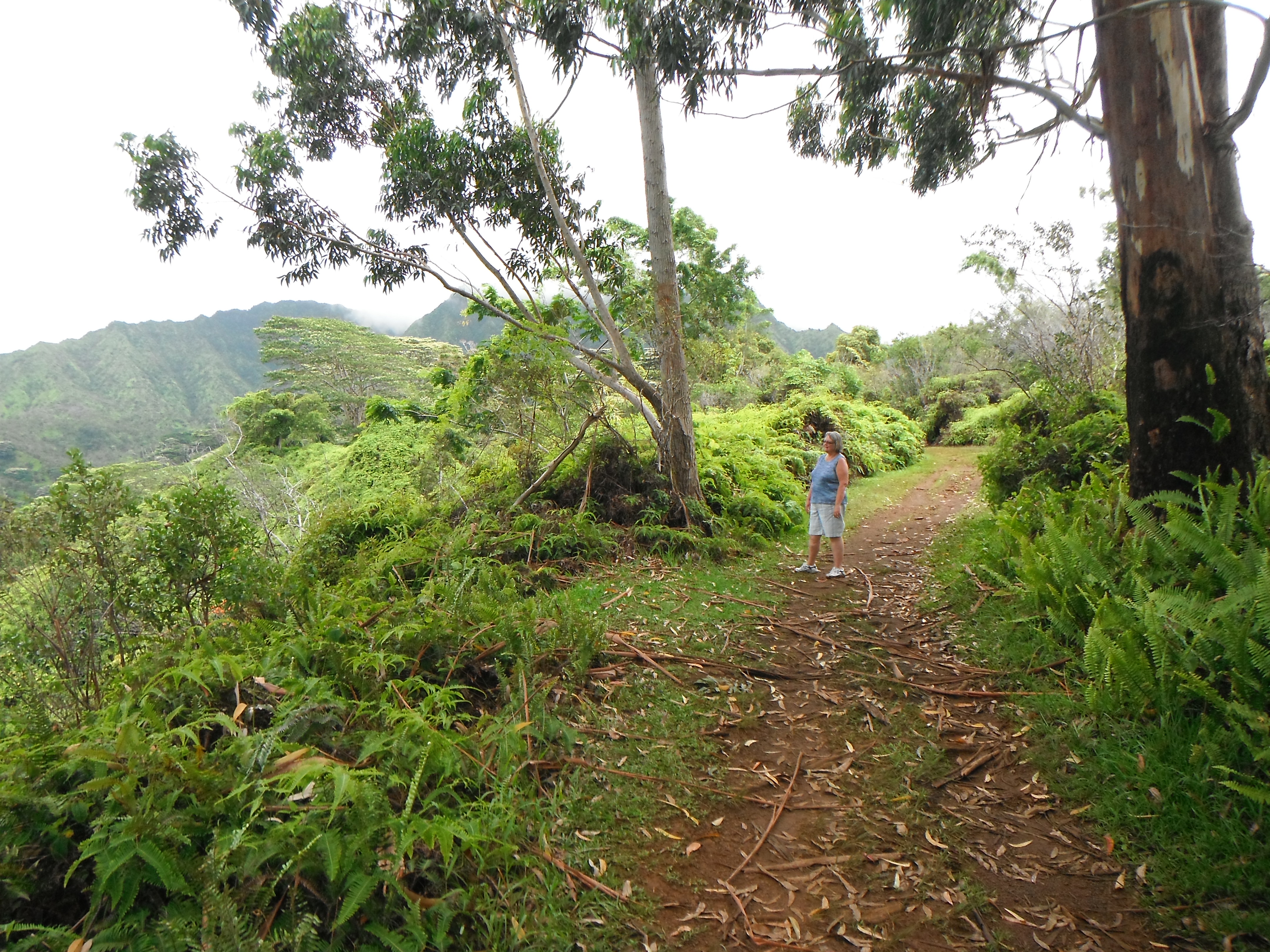

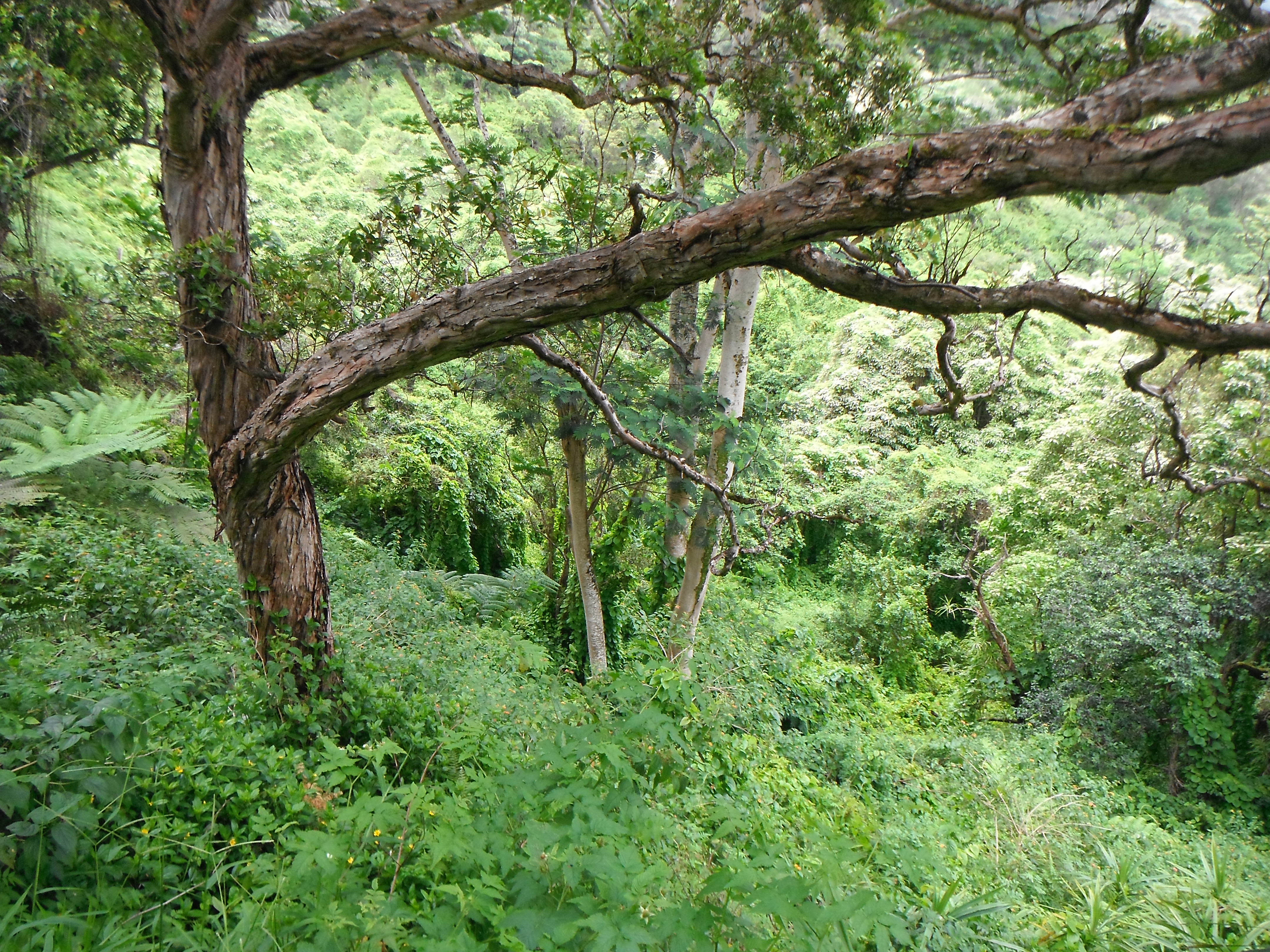
One-half mile south, is All Saints Episcopal Church. It was the first Episcopal church on Kauai’i. It began as a mission in 1924, and became a parish in 1962. The building utilizes the native lava rock stone in its structure, and features magnificent stained glass windows. Their Austin pipe organ was the first and only pipe organ on Kaua’i. One hundred years later, it is still the only pipe organ on the island and has been reconstructed and expanded by Manual Rosales, an organ builder from California. Quarterly organ concerts with organists from around the world draw people from throughout the island. The most wonderful quality of the parish is its welcoming spirit. Their mantra is “wherever you are on your spiritual walk, you have a place in our Ohana.” Though we only come once or twice a year, I feel a part of their congregation, their Ohana. They also welcome dogs.
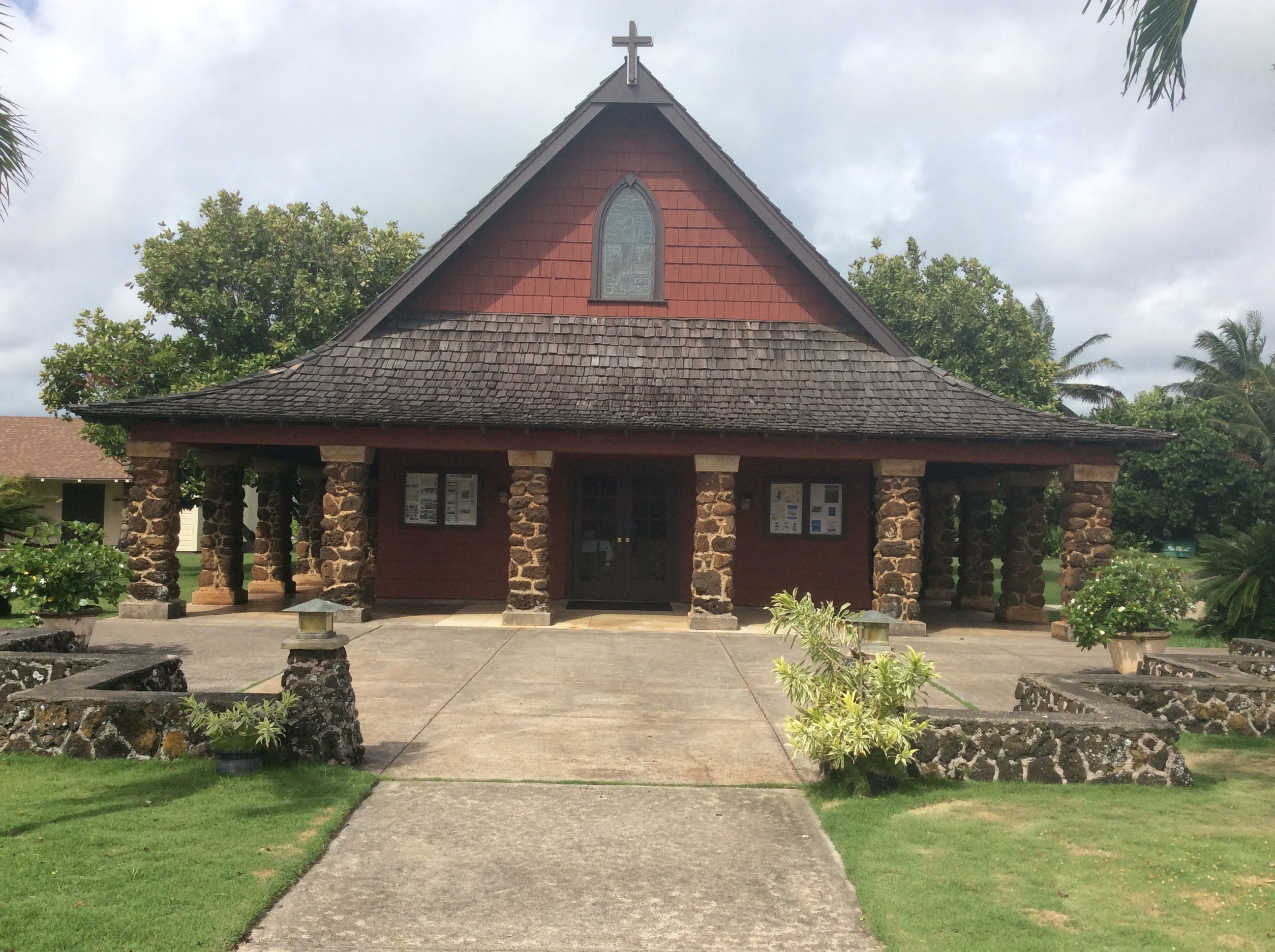
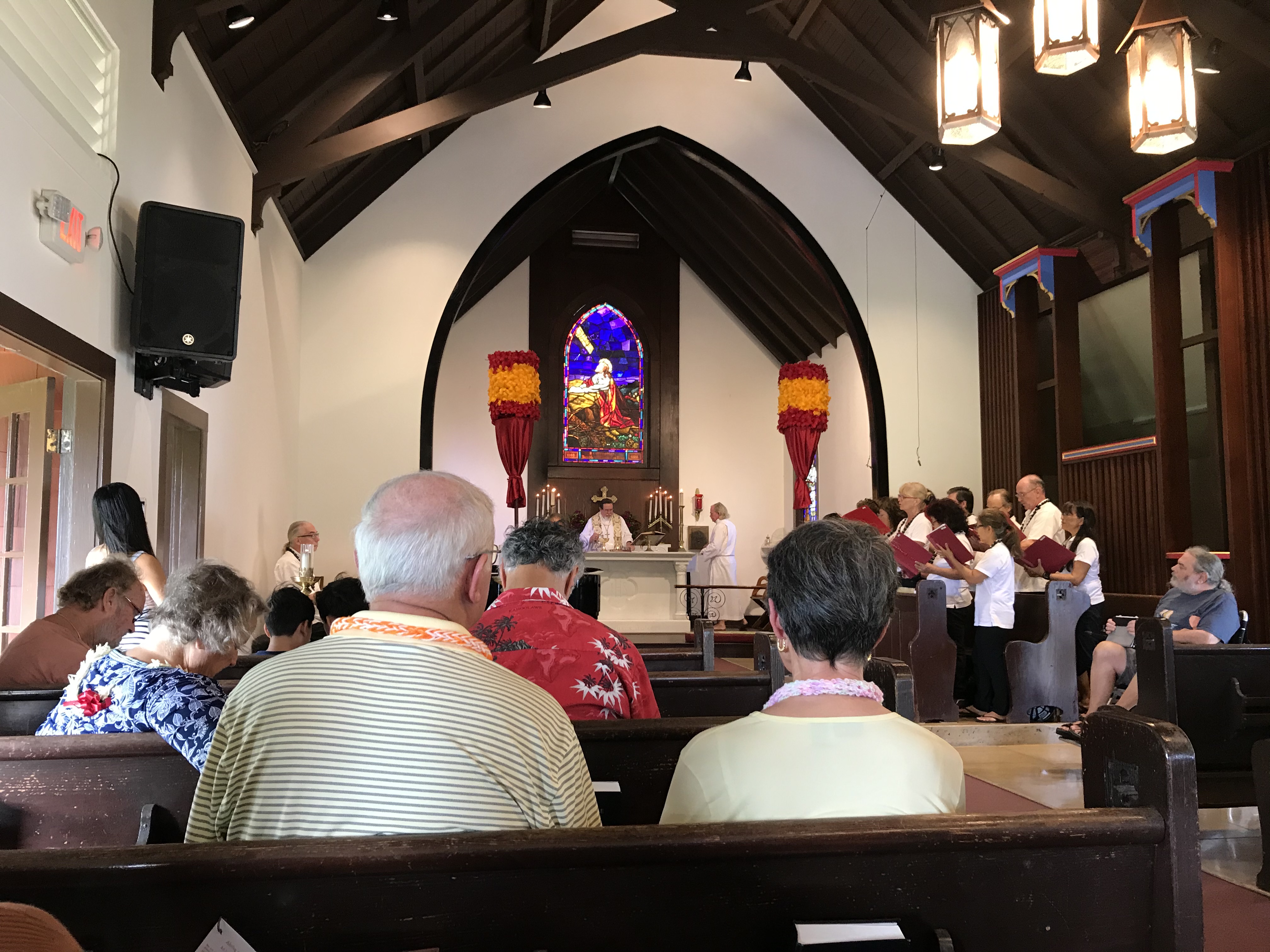
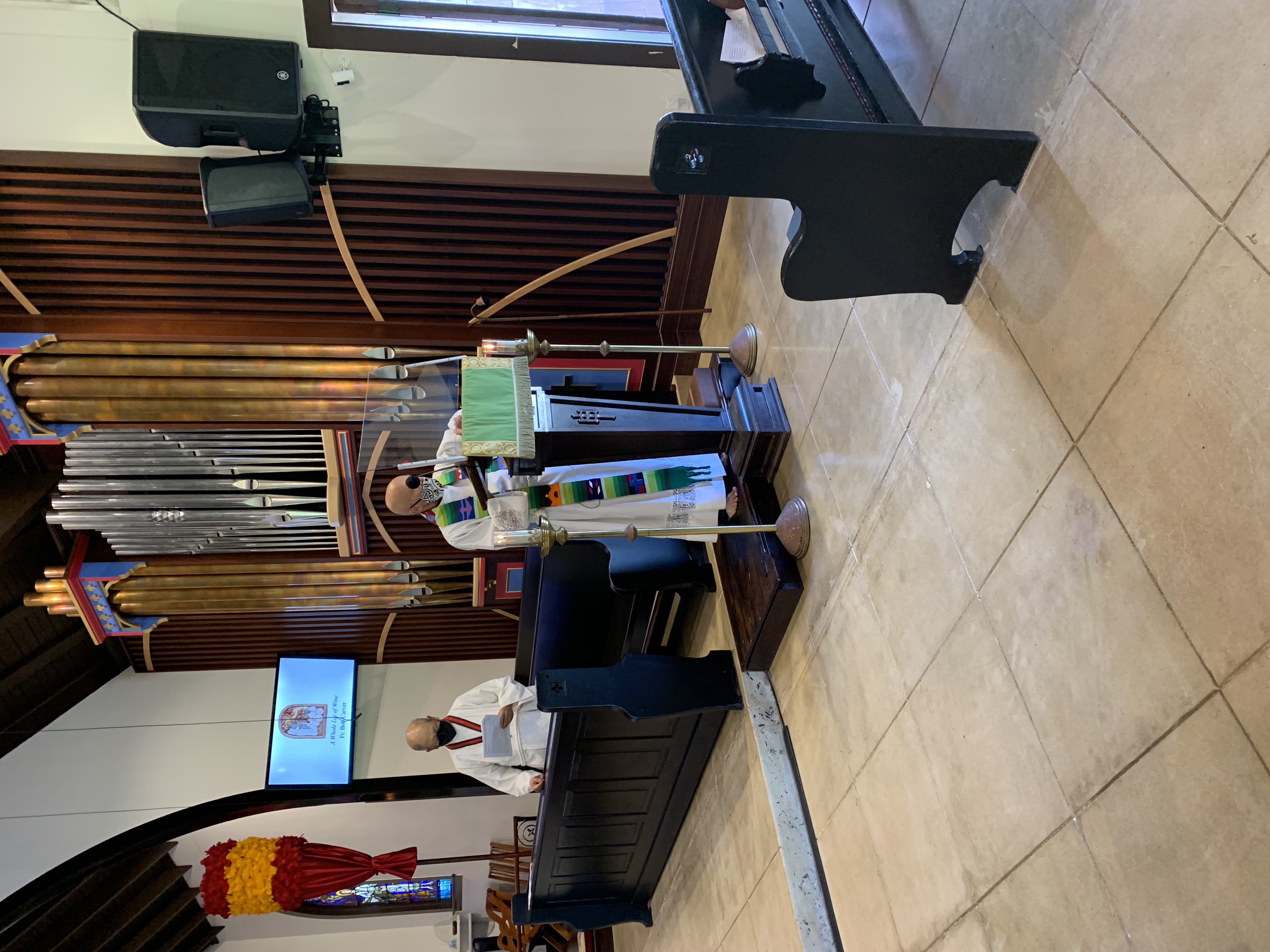
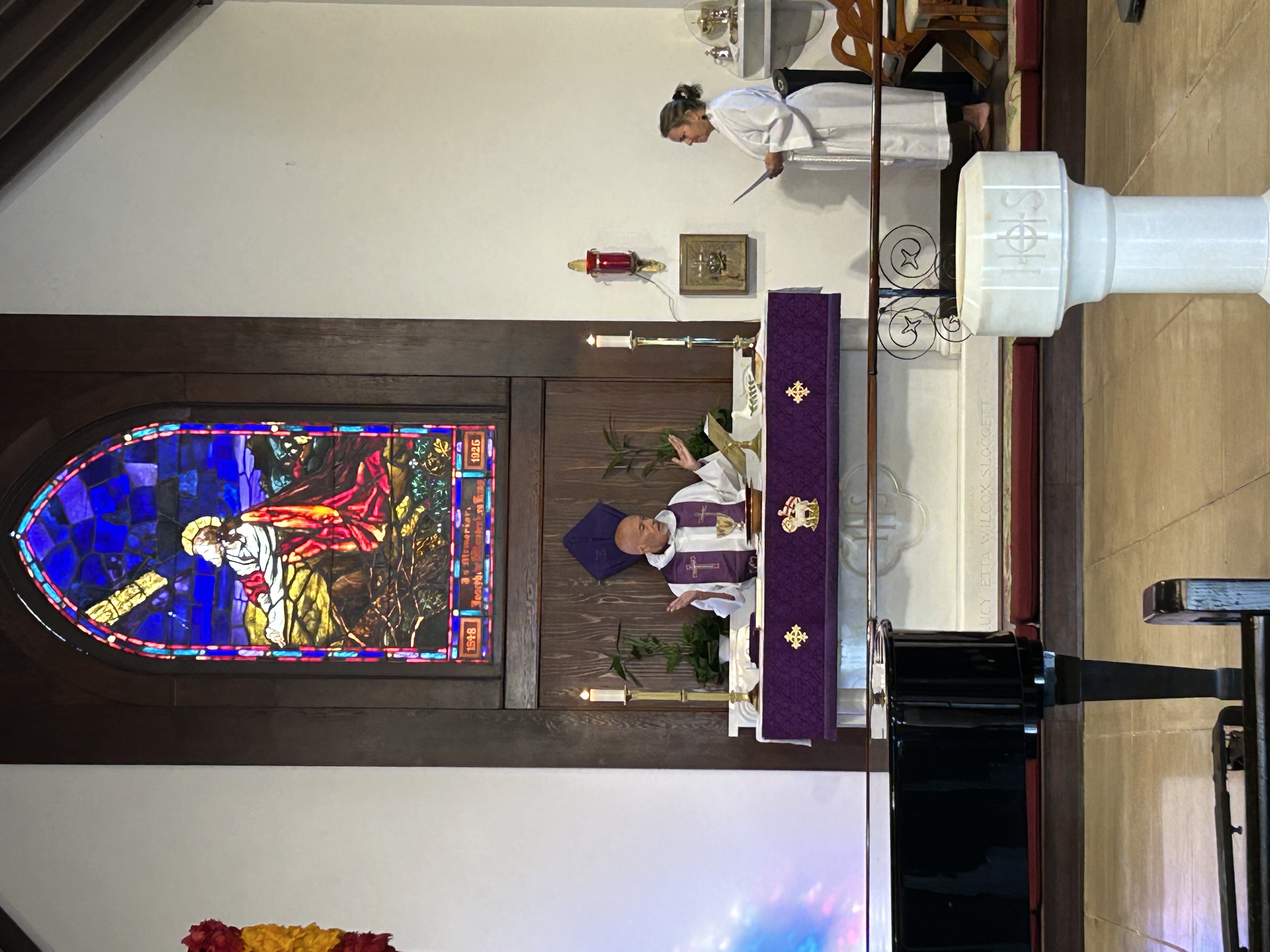
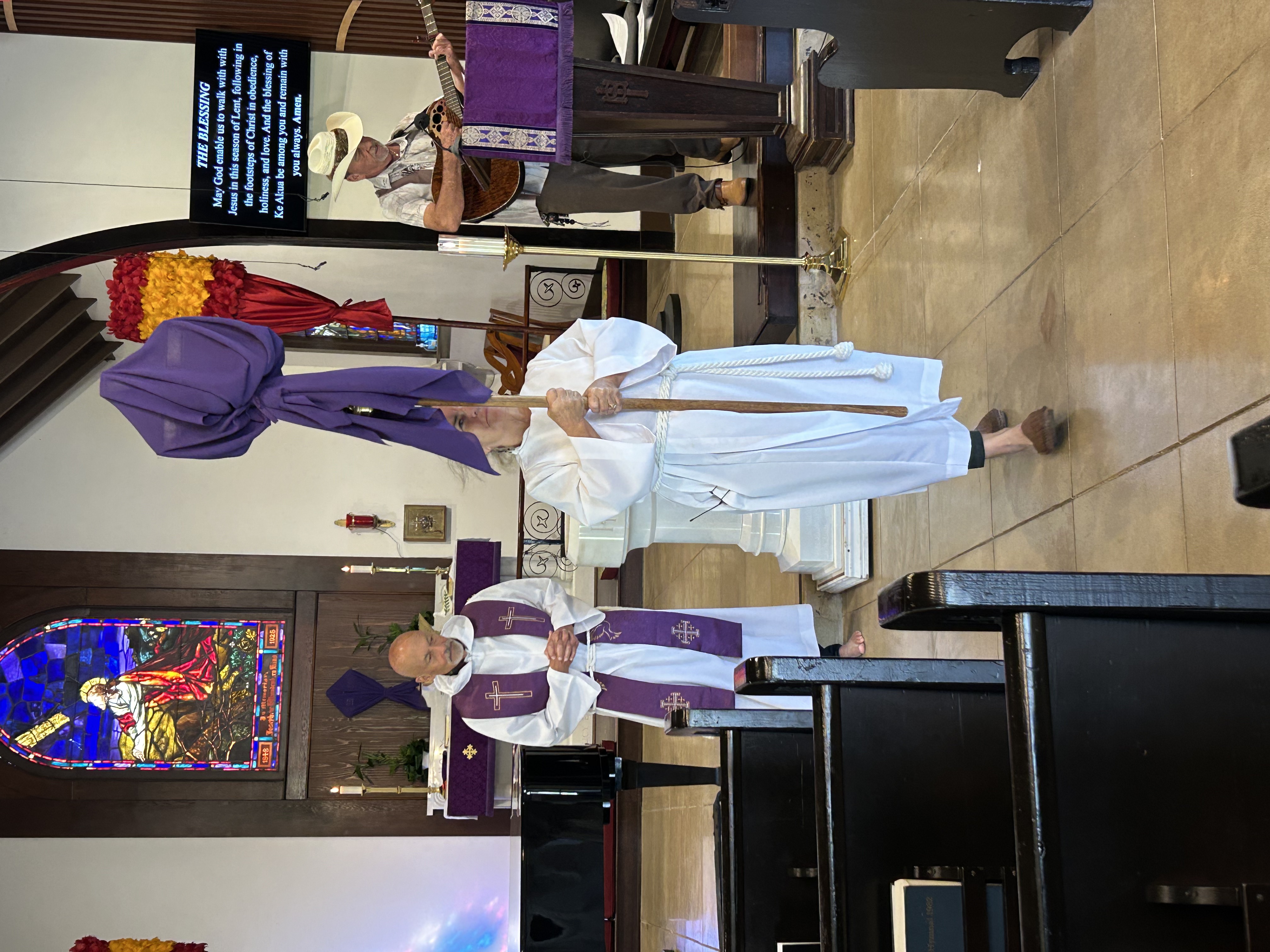
Farther south, the Coconut Marketplace is a charming dining and shopping destination with several shops and restaurants. The center provides a unique, open-air market experience with something happening almost every day of the week! It has a rich history that reflects the cultural and economic evolution of the region. Originally, the area was a coconut plantation, owned by the Blackfield Hawai’i Corporation. The Marketplace opened In the early. 1970s. When we first came in the ‘90s there was a movie theater there. The Marketplace has undergone renovations and has now re-opened, spruced up. It contains a variety of boutiques, restaurants, galleries, and tour establishments. I always like to check it out for gifts to bring home.



So there is lots to see and do here on the Coconut Coast of Kauai.
Leave a Reply